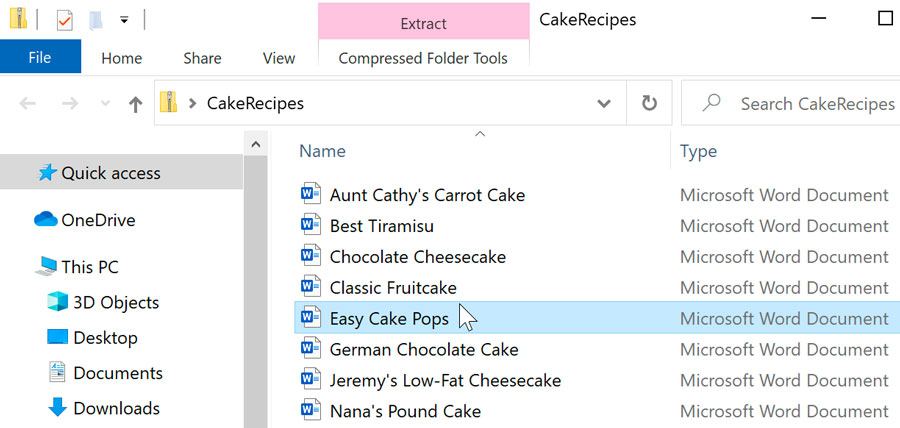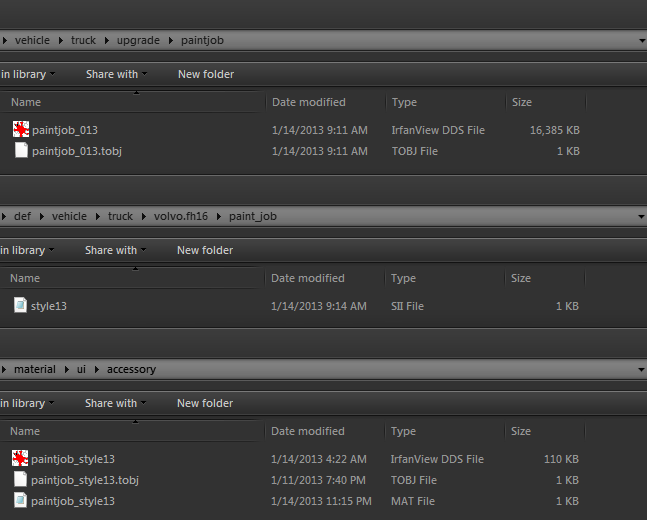7-Zip is a free program that allows for you to compress files and folders. How to completely erase a usb drive. The compression will reduce the file size and even merge multiple files into one for easy transfer.7-Zip can also open these archived files and extract the original documents inside. With 7-Zip you have access to compressing in different formats, including 7z and zip. Dec 04, 2018 Today, we have many more options to compress and send a large video via e-mail. In this blog post, I will explain 6 easy ways to compress video files: 1. Create a zip file. The most common way to compress a video is to convert it into a zip file. The file will be reduced in size, and the quality won't be affected.
Zipped (compressed) files take up less storage space and can be transferred to other computers more quickly than uncompressed files. In Windows, you work with zipped files and folders in the same way that you work with uncompressed files and folders. Combine several files into a single zipped folder to more easily share a group of files.
To zip (compress) a file or folder
Cached
Locate the file or folder that you want to zip.
Press and hold (or right-click) the file or folder, select (or point to) Send to, and then select Compressed (zipped) folder.
A new zipped folder with the same name is created in the same location. To rename it, press and hold (or right-click) the folder, select Rename, and then type the new name.
To unzip (extract) files or folders from a zipped folder

Locate the zipped folder that you want to unzip (extract) files or folders from.
Do one of the following:
To unzip a single file or folder, open the zipped folder, then drag the file or folder from the zipped folder to a new location. How to make adobe reader the default.
To unzip all the contents of the zipped folder, press and hold (or right-click) the folder, select Extract All, and then follow the instructions.
Notes:
To add files or folders to a zipped folder you created earlier, drag them to the zipped folder.
If you add encrypted files to a zipped folder, they'll be unencrypted when they're unzipped, which might result in unintentional disclosure of personal or sensitive information. For that reason, we recommend that you avoid zipping encrypted files.
How to buy photoshop one time. Some types of files, like JPEG images, are already highly compressed. If you zip several JPEG pictures into a folder, the total size of the folder will be about the same as the original collection of pictures.
Compressed (e.g., archived or zipped) files may contain manyseparate files in one large archive, which often takes up less spacethan the original files. Before you can read or run all the separatefiles and programs, you must use an archiving program to extract thefiles from the archive. In Windows, you can compress (zip) anddecompress (unzip) files without installing any third-partyprograms.
How Do I Compress Files
Compressing a file or folder
- From the Start menu, open Computer (Windows 7and Vista) or My Computer (Windows XP).
- Select the files or folders you want to compress. To selectmultiple files or folders at once, hold down the
Ctrlkeywhile you click each item. - Right-click the selected items, choose Send to, and thenclick Compressed (zipped) folder. This will create a zippedfile in the same directory that the files are located. The fileextension will be
.zip.Note: The new
.zipfile will have thesame name as the file or folder you compressed. If you compressmultiple items, the file name will be the same as the file youright-clicked to start the compression.

Locate the zipped folder that you want to unzip (extract) files or folders from.
Do one of the following:
To unzip a single file or folder, open the zipped folder, then drag the file or folder from the zipped folder to a new location. How to make adobe reader the default.
To unzip all the contents of the zipped folder, press and hold (or right-click) the folder, select Extract All, and then follow the instructions.
Notes:
To add files or folders to a zipped folder you created earlier, drag them to the zipped folder.
If you add encrypted files to a zipped folder, they'll be unencrypted when they're unzipped, which might result in unintentional disclosure of personal or sensitive information. For that reason, we recommend that you avoid zipping encrypted files.
How to buy photoshop one time. Some types of files, like JPEG images, are already highly compressed. If you zip several JPEG pictures into a folder, the total size of the folder will be about the same as the original collection of pictures.
Compressed (e.g., archived or zipped) files may contain manyseparate files in one large archive, which often takes up less spacethan the original files. Before you can read or run all the separatefiles and programs, you must use an archiving program to extract thefiles from the archive. In Windows, you can compress (zip) anddecompress (unzip) files without installing any third-partyprograms.
How Do I Compress Files
Compressing a file or folder
- From the Start menu, open Computer (Windows 7and Vista) or My Computer (Windows XP).
- Select the files or folders you want to compress. To selectmultiple files or folders at once, hold down the
Ctrlkeywhile you click each item. - Right-click the selected items, choose Send to, and thenclick Compressed (zipped) folder. This will create a zippedfile in the same directory that the files are located. The fileextension will be
.zip.Note: The new
.zipfile will have thesame name as the file or folder you compressed. If you compressmultiple items, the file name will be the same as the file youright-clicked to start the compression.
Decompressing a zipped file or folder
- From the Start menu, open Computer (Windows 7and Vista) or My Computer (Windows XP).
- Find the file you want to decompress, right-click it, and chooseExtract All.
- In the dialog box that appears, to choose the destination for thedecompressed files, click Browse... You can also checkthe option Show extracted files when complete.
- Click Extract.
Note: When you zip or unzip files, the originalfiles are not deleted. If you want to delete the original files, youwill have to do so manually.
Other options for file compression and decompression
For zipping and unzipping most files, the built-in Windows utilitywill suffice; however, if you encounter a compressed format notsupported by the built-in Windows tools, you can try one of thefollowing programs:
Note: These third-party tools are not available onIUware and may require purchase, although most offer free trials.
